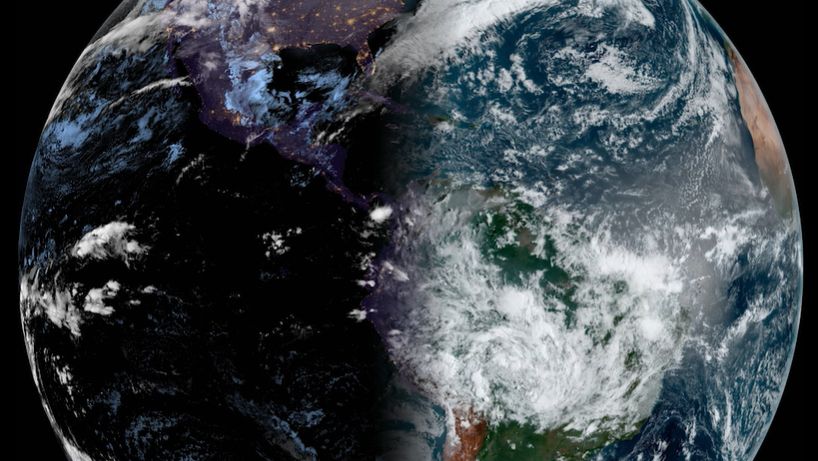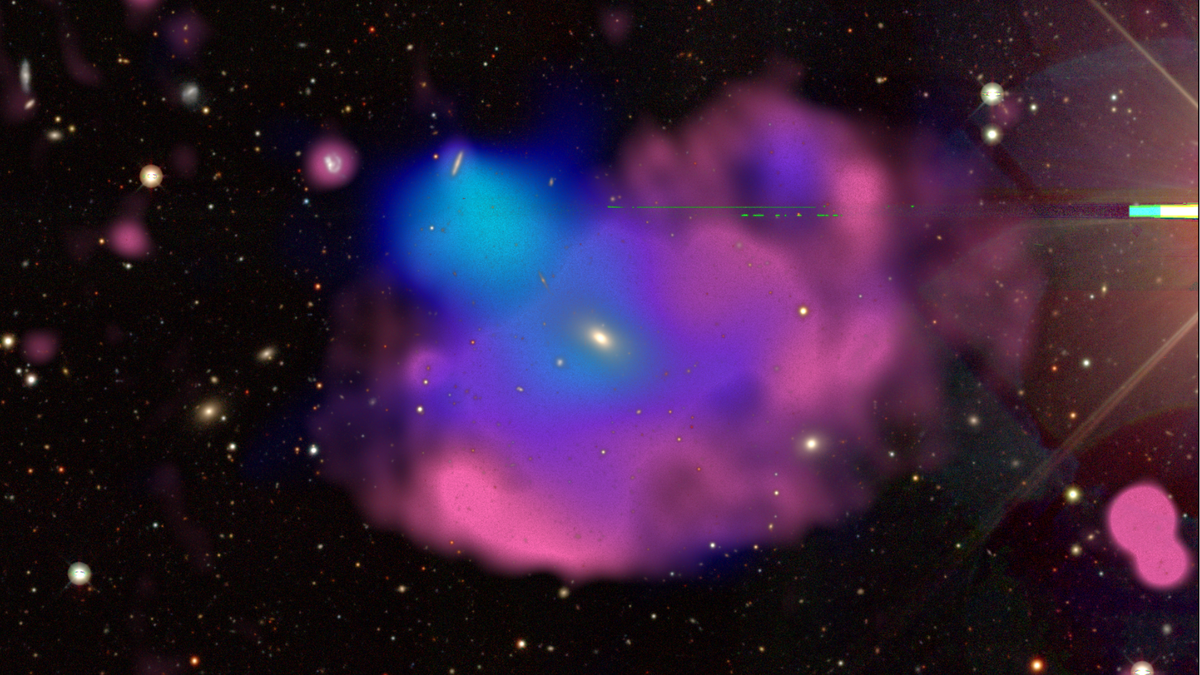Observing Spring from Space
For observers in the northern hemisphere, the arrival of spring is heralded by the cheerful songs of birds and the blooming of flowers. Recently, the National Oceanic and Atmospheric Administration (NOAA) unveiled a captivating video that offers a unique perspective on the changing seasons as seen from space.
The GOES-East Satellite’s Perspective
The mesmerizing video, compiled by the NOAA, features a series of fast-paced snapshots capturing the Earth’s surface over the course of a year. These stunning images were captured by the NOAA’s GOES-East satellite, positioned at an altitude of over 22,000 miles (35,000 kilometers) above the equator, allowing it to provide continuous observations of regions spanning the Americas, the Caribbean, and the Atlantic Ocean.
As the GOES-East satellite orbits the Earth at a speed synchronized with the planet’s rotation, it affords a constant view of the boundary between day and night, known as the terminator. The video showcases the dynamic shifts of this twilight zone throughout the year, a phenomenon influenced by Earth’s 23.5-degree axial tilt, which governs the distribution of daylight and darkness.
Significance of the Spring Equinox
On March 19, the northern hemisphere welcomed the official onset of spring, marking the earliest arrival of the season in the United States in over a century. During this period, the sun was positioned directly above the equator, aligning Earth’s axis perpendicular to the sun’s rays. Consequently, this celestial alignment resulted in a near-equilibrium between day and night durations, with the terminator appearing as a straight line that seemingly divides the planet into equal halves.
The video, capturing images taken daily at 7:50 a.m. ET (1150 GMT), illustrates the gradual transition following the spring equinox as the northern hemisphere inclines closer towards the sun, paving the way for lengthening days and warmer temperatures, while the southern hemisphere drifts towards winter.
From this remarkable vantage point in space, the GOES-East satellite offers a compelling visualization of Earth’s seasonal transformations, underscoring the intricate interplay of celestial phenomena that shape our planet’s climate and biodiversity.
Image/Photo credit: source url





